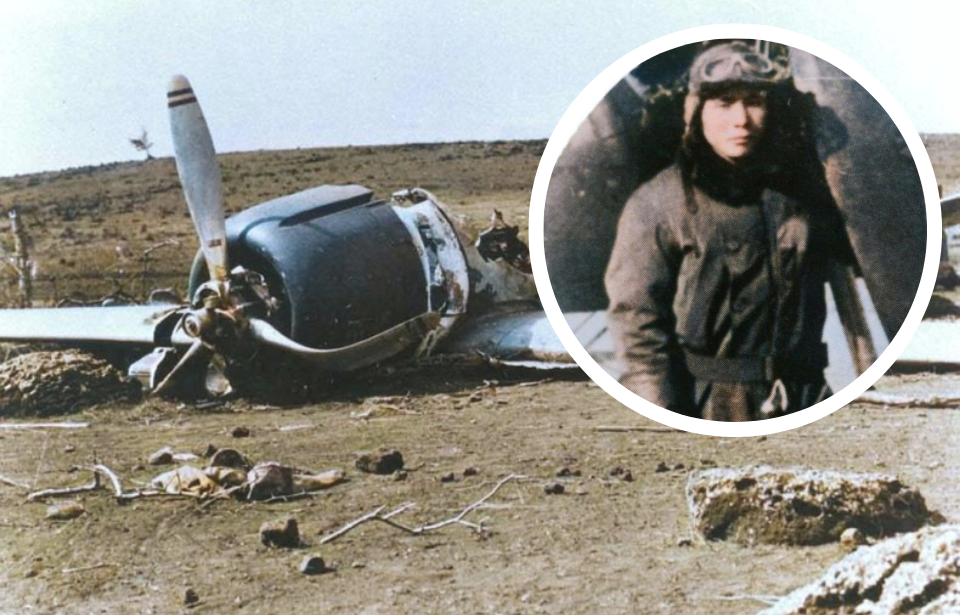Shigenori Nishikaichi crash-lands on Ni’ihau
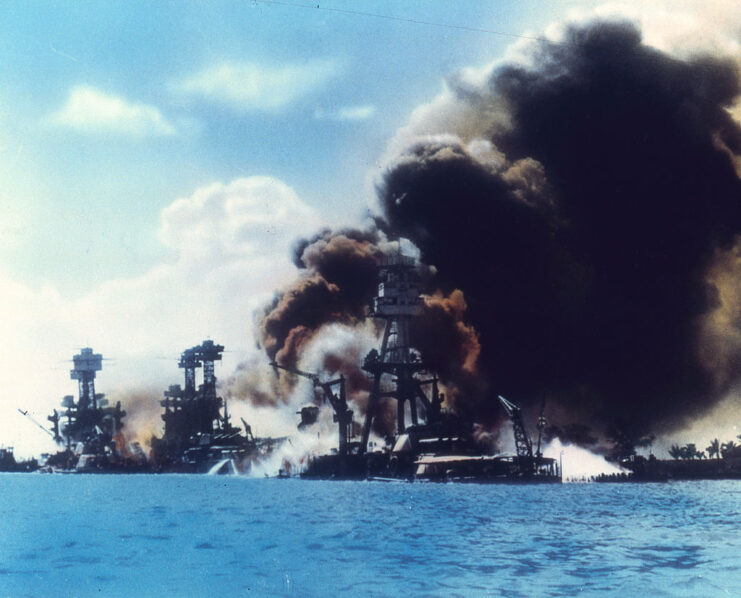
When planning the attack on Pearl Harbor, the Imperial Japanese Navy (IJN) knew that many of its aircraft would be damaged; they wouldn’t be able to safely return to their aircraft carriers and, as such, would need a rendezvous point. The tiny island of Ni’ihau was chosen, as it was only a 30-minute flight from the naval base and was believed to be uninhabited. There, the fighter pilots could await rescue via submarine.
This plan didn’t work as well as expected for Shigenori Nishikaichi when his Mitsubishi A6M2 Zero was damaged. The fighter hit a fence on Ni’ihau, before crashing and damaging its propellers and fuselage. The wreck came to a rest very close to one of the few inhabitants of the island, 29-year-old Hawila Kaleohano.
Kaleohano, along with other inhabitants, hadn’t heard of the attack at Pearl Harbor. He identified the crashed Zero as Japanese and was able to drag the semi-conscious man from the wreckage. He took Nishikaichi’s weapon and documents before the pilot regained consciousness.
Interacting with Ni’ihau’s inhabitants
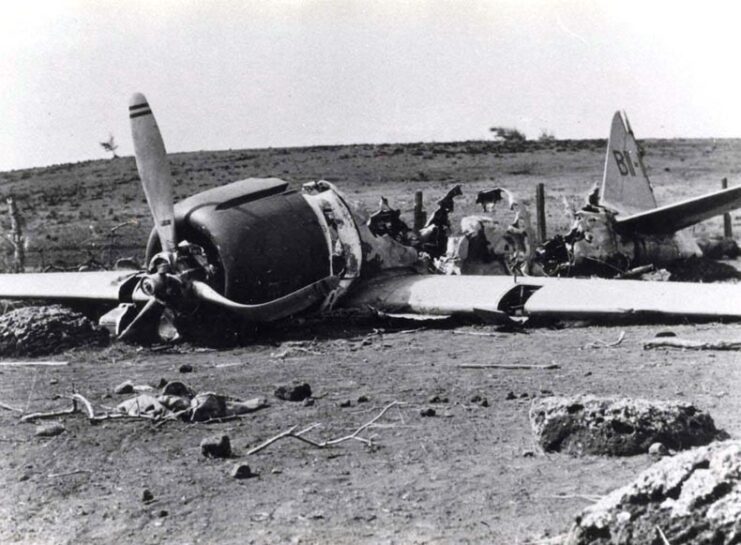
Hawila Kaleohano and Shigenori Nishikaichi exchanged only a few words, since Kaleohano spoke only Hawaiian. To help with translation, Kaleohano asked his neighbor, Ishimatsu Shintani—a Japanese beekeeper—to assist. Shintani was able to talk with Nishikaichi but Shintani quickly refused to continue.
As a result, Yoshio and Irene Harada, who were of Japanese descent and fluent in the language, were asked to step in. During their conversation, Nishikaichi told them about Japan’s attack on Pearl Harbor, but the Haradas chose not to share this news. When Nishikaichi asked for his weapon and documents back, they refused to return them.
Learning about the Japanese attack on Pearl Harbor
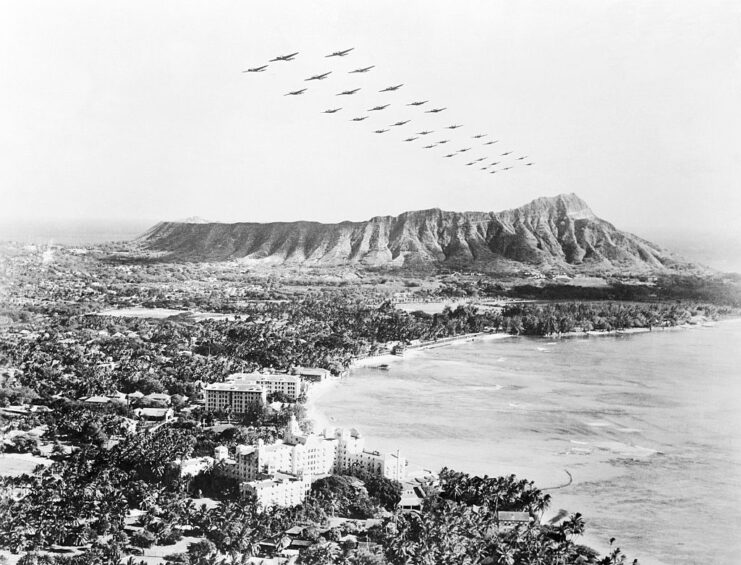
At this point, the inhabitants of Ni’ihau were in high spirits and happy to help the downed aviator. They treated him to a luau, ate well and even sang songs while he waited to be rescued. However, the submarines didn’t come as planned, as they’d been ordered to patrol for American ships, instead.
As night fell, the mood turned as news of the day’s events arrived on the island. Ni’ihau didn’t have electricity, but it did have a battery-powered radio. The transmission brought news of the attack and the islanders realized they’d helped an enemy fighter.
Ni’ihau’s residents provided shelter overnight and took Shigenori Nishikaichi to the shore in the morning. There, they awaited the arrival of the island’s owner, Aylmer Robinson, who came each week. Robinson, however, didn’t arrive, given a temporary ban on sea travel.
After he failed to arrive, the Haradas offered to house Nishikaichi. The rest of the inhabitants agreed, so long as others could be stationed outside of the couple’s residence. These guards would take shifts, to ensure someone was always on watch.
Shigenori Nishikaichi took advantage of the Harada family
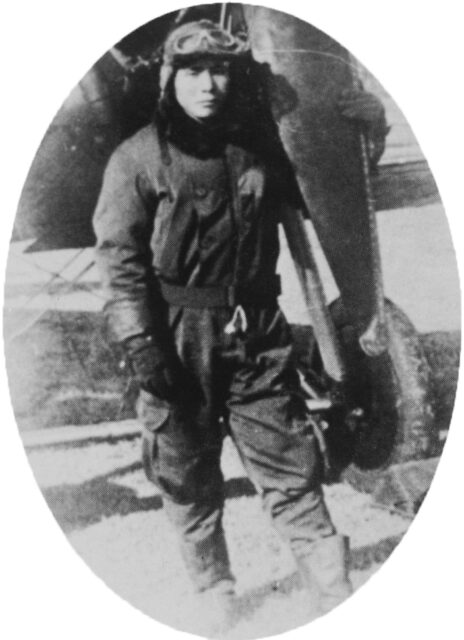
In the isolation of their island home, Shigenori Nishikaichi manipulated the Haradas’ sense of loyalty, slowly gaining Yoshio’s trust and, to some extent, his wife’s. On December 11, 1941, they decided to involve Ishimatsu Shintani once again.
The following day, Shintani approached Hawila Kaleohano, demanding the pilot’s papers and weapon. When Kaleohano refused, Shintani was forcibly removed from the hut. Realizing they couldn’t rely on their fellow countryman, Yoshio and Nishikaichi devised a new plan.
While Shintani confronted Kaleohano, Yoshio stole a shotgun and a pistol, hiding them in a honey storage warehouse. With the weapons ready, he and Nishikaichi overpowered the islander standing guard and headed for Kaleohano’s home. They broke in and searched for the documents, only to find that Kaleohano had already given them to a relative. Adding to their frustration, he had disappeared without a trace.
Seeking help from the island’s owners
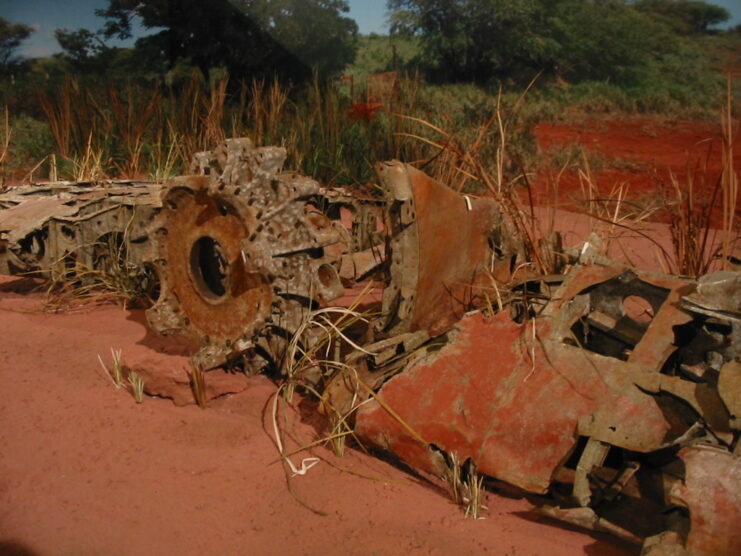
As the pair left the building, Hawila Kaleohano, who’d been hiding in the outhouse, made a run for it. Shigenori Nishikaichi took aim with the shotgun and fired at the fleeing man, but missed.
Kaleohano met with other islanders and gathered a few of them to accompany him to Kaua’i. The 10-hour boat trip took them to representatives of the island’s owners. The group set out while someone lit a beacon atop Mount Pānī’au, which was visible from Kaua’i.
Chaos ensues on Ni’ihau
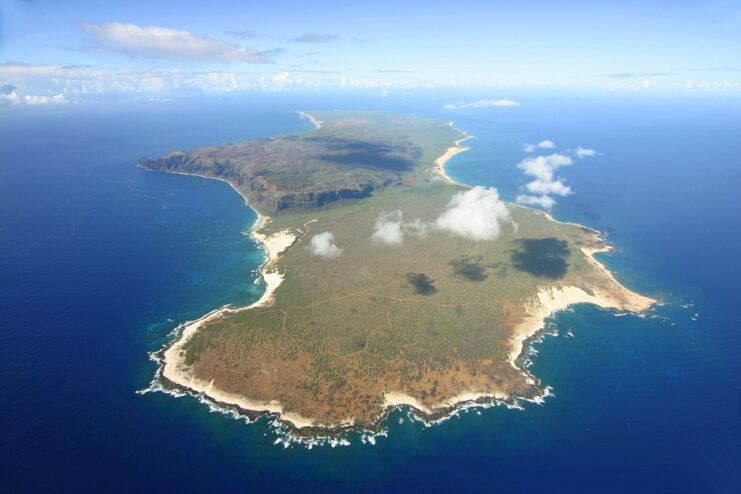
On the night of December 12, 1941, everything came to a head. Shigenori Nishikaichi and Yoshio Harada stormed the town and took hostages. They demanded Hawila Kaleohano be handed over or else everyone would be killed.
One man who pretended to look for Kaleohano was Benehakaka Kanahele, whose wife was one of the hostages. After stalling and pretending to look for the man, he urged Harada to take the pilot’s pistol. He refused, but did ask Nishikaichi for the shotgun.
As the aviator started to hand the gun over, Kanahele lunged at him. Nishikaichi was faster and pulled the pistol from his boot, shooting the man three times. This wasn’t enough to stop the enraged Kanahele, who hoisted Nishikaichi into the air and threw him against a stone wall. Kanahele’s wife grabbed a rock and bashed the pilot’s head, before her husband pulled a knife and cut his throat. Seeing this, Harada turned the shotgun on himself and took his own life.
Aylmer Robinson and reinforcements from Kaua’i arrived the next day and arrested Ishimatsu Shintani and Irene Harada. The latter was imprisoned for her role, while the former was interned in a camp.
More from us: Husband E. Kimmel: The Scapegoat for Pearl Harbor
Kanahele recovered from his wounds and received the Purple Heart, two Presidential Citations and Medal for Merit. Kaleohano was presented the Medal of Freedom in 1946, for his actions during the incident.
